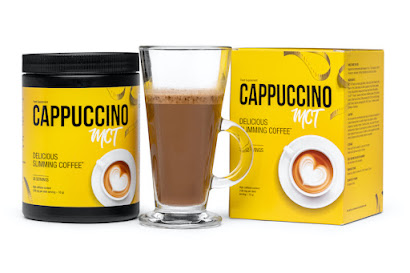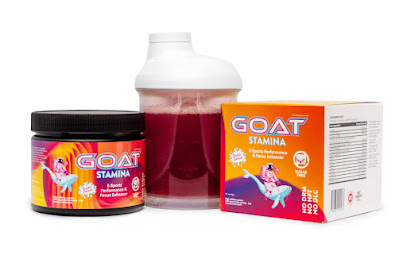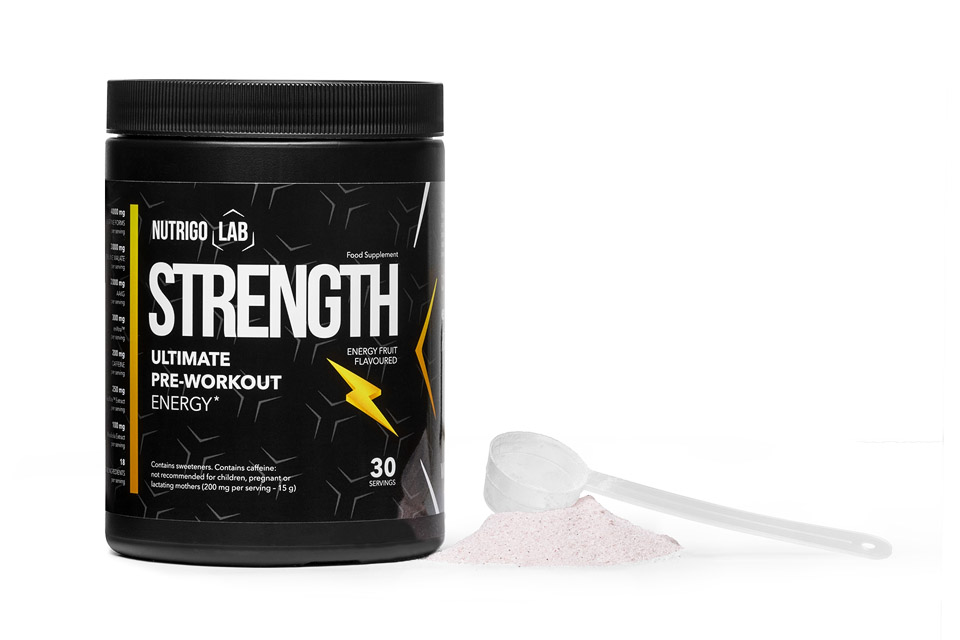History of bread
The history of bread dates back thousands of years, making it one of the oldest prepared foods known to humankind. The exact origin of bread is difficult to pinpoint, as it evolved independently in various regions around the world. However, evidence suggests that bread-making began during prehistoric times.
Here's an overview of the history of bread:
Prehistoric Origins: The earliest form of bread was likely a simple mixture of crushed grains and water, which was formed into a flat cake and cooked on hot stones or in the ashes of a fire. Archaeological evidence, such as grinding stones and milling tools, indicates that humans began processing grains for consumption as early as 30,000 years ago.
Ancient Egypt: The Egyptians are credited with refining bread-making around 3,000 BCE. They developed a leavened bread using wild yeast fermentation, resulting in lighter and softer loaves. Bread was a staple food in ancient Egypt, and it was even used as a form of currency at times.
Mesopotamia: The Sumerians in Mesopotamia (modern-day Iraq) are believed to have been skilled bread-makers around 2,000 BCE. They developed different types of bread, including leavened and unleavened varieties.
Ancient Greece and Rome: Bread was a crucial part of the diet in ancient Greece and Rome. Greeks had a variety of bread types, including plakous, a flatbread made with flour, oil, and honey. In Rome, bakers became highly skilled, and bread was an important component of Roman cuisine.
Middle Ages: Bread continued to be a dietary staple during the Middle Ages in Europe. Each region developed its unique bread recipes, using different grains like wheat, rye, barley, and oats. Baking guilds were established, and bread was regulated to ensure quality.
Renaissance and Beyond: The invention of the mechanical mill in the Middle Ages significantly improved flour production. During the Renaissance, bread became more accessible to the general population. The introduction of new techniques and ingredients, such as butter and sugar, led to the creation of sweetbreads and pastries.
Industrial Revolution: The Industrial Revolution brought mechanization to the bread-making process, leading to mass production and increased availability of bread. Sliced bread became popular in the early 20th century with the invention of the bread slicer.
Today, bread remains a fundamental part of the global diet, with an incredible diversity of bread types and recipes found in various cultures around the world. From traditional artisanal loaves to modern convenience bread, it continues to be a cherished food item in many societies.
What is bread?
Bread is a staple food made from flour, water, yeast, and often other ingredients like salt and sugar. The basic process of making bread involves mixing the flour and other ingredients to form a dough, allowing the dough to rise with the help of yeast, and then baking it in an oven.
There are various types of bread, each with its own unique characteristics and flavors. Some popular types of bread include:
White Bread: Made from refined wheat flour, water, yeast, salt, and sugar. It has a soft texture and is commonly used for sandwiches.
Whole Wheat Bread: Made from whole wheat flour, water, yeast, salt, and sometimes honey or molasses. It contains more fiber and nutrients compared to white bread.
Multigrain Bread: Contains a combination of various grains and seeds, offering a nutty and hearty flavor.
Sourdough Bread: Made using a sourdough starter, which is a fermented mixture of flour and water. It has a tangy taste and chewy texture.
Rye Bread: Made from rye flour and often mixed with wheat flour. It has a dense texture and distinct flavor.
Pita Bread: A Middle Eastern bread known for its pocket-like shape, often used for stuffing with various fillings.
Baguette: A long, thin French bread with a crispy crust and soft interior.
Bread is a versatile food that can be used for various purposes, including sandwiches, toast, and as an accompaniment to many meals. It is a significant part of diets worldwide and has been consumed for thousands of years in different cultures.
The health benefits of bread
The health benefits of bread can vary depending on the type of bread and its ingredients. However, in general, bread can offer several health benefits when consumed as part of a balanced diet:
Source of Nutrients: Whole grain and whole wheat bread are good sources of essential nutrients, including B vitamins (thiamin, riboflavin, niacin, and folate), minerals (iron, magnesium, and zinc), and dietary fiber. These nutrients are important for various bodily functions and overall health.
Fiber Content: Whole grain bread, in particular, is rich in dietary fiber. Fiber is essential for digestive health, as it helps maintain regular bowel movements and supports a healthy gut microbiome. It can also help in managing weight, as it provides a feeling of fullness and can reduce overeating.
Energy Source: Bread, especially those made from whole grains, is a good source of complex carbohydrates. Complex carbohydrates provide a steady and sustained release of energy, making bread an excellent fuel for physical and mental activities.
Heart Health: Consuming whole grain bread has been associated with a lower risk of heart disease. The soluble fiber in whole grains can help reduce cholesterol levels, while other nutrients like potassium and magnesium support heart health.
Blood Sugar Management: Whole grain bread typically has a lower glycemic index than refined white bread, meaning it leads to slower increases in blood sugar levels. This can be beneficial for individuals with diabetes or those looking to manage blood sugar levels.
Weight Management: Including whole grain bread in a balanced diet can aid in weight management due to its fiber content and ability to promote satiety, potentially reducing overall calorie intake.
Improved Digestion: Fermented bread like sourdough may be easier to digest for some individuals, as the fermentation process partially breaks down gluten and phytic acid, which can be hard on the digestive system.
Vitamins and Minerals: Bread made from fortified flour can provide additional vitamins and minerals, such as vitamin D, calcium, and iron, which are added during the fortification process to help address nutrient deficiencies.
It's essential to choose bread varieties that are made from whole grains or whole wheat and have minimal added sugars and artificial ingredients.
What are the healthiest bread types?
The healthiest bread types are those that provide essential nutrients, fiber, and have a lower impact on blood sugar levels. Here are some of the healthiest bread types to consider:
Whole Wheat Bread: Whole wheat bread is made from whole wheat flour, which retains the bran and germ of the wheat grain, making it higher in fiber, vitamins, and minerals compared to refined white bread.
Whole Grain Bread: Similar to whole wheat bread, whole grain bread is made from whole grains like oats, barley, quinoa, and other whole grains. It offers a variety of nutrients and is an excellent source of fiber.
Sourdough Bread: Sourdough bread is fermented using wild yeast and lactic acid bacteria, which can make it easier to digest for some individuals. It may also have a lower glycemic index compared to regular bread, leading to a slower increase in blood sugar levels.
Sprouted Grain Bread: Sprouted grain bread is made from grains that have been allowed to sprout before being ground into flour. Sprouting can increase nutrient availability and may make the bread easier to digest.
Seeded Bread: Bread that contains various seeds such as flaxseeds, chia seeds, sunflower seeds, and pumpkin seeds provides added nutrients, including healthy fats and minerals.
Rye Bread: Rye bread is lower in gluten than wheat-based bread and may be a good option for those sensitive to gluten. It also contains beneficial compounds like lignans and soluble fiber.
Gluten-Free Bread: For individuals with gluten sensitivity or celiac disease, gluten-free bread made from alternative flours like rice flour, almond flour, or quinoa flour can be a suitable option.
When choosing healthy bread, it's essential to read the ingredient list and opt for varieties that are made with whole grains and natural ingredients. Avoid bread that contains added sugars, high levels of sodium, or artificial additives.















.png)







.png)
.png)
No comments:
Post a Comment